Chapter 4 - Understanding Motherboards
2023-03-16
1247 words
6 mins read
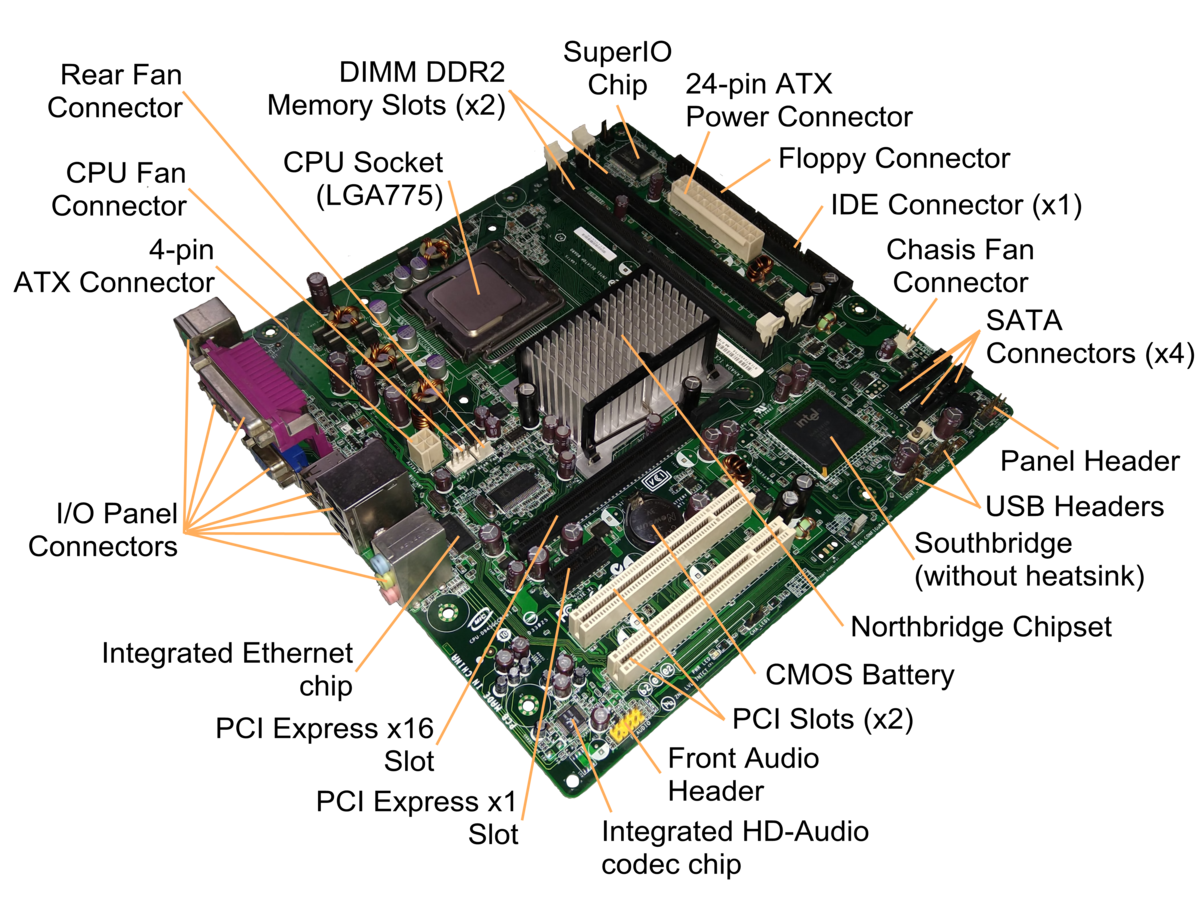
This article is Chapter 4 in the CompTIA A+ certification course on Alison.com that teaches you an Understanding of Computer Motherboards.
Understanding Motherboards
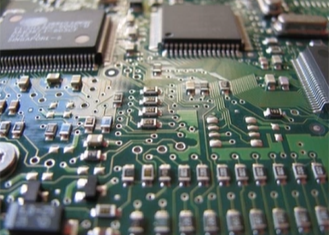
• Function of motherboards
- A house for everything needed to make a computer operate.
- Contains CPU, RAM memory slots, Cache memory, Chip sets, BIOS/CMOS battery, Expansion slots, Serial/parallel slots, Connectors for mouse & keyboard, sound & video cards, and Fans.
- All necessary in computer to turn inputs to outputs.
- Form factors are used to describe the dimensions and layout of the motherboard components.
- Motherboards are not interchangeable.
- Most common: Advanced Technology Extended (ATX) Motherboard
Location of Primary Components & Motherboard Chipsets
Read the diagram from the top going clockwise:

- CPU - Central Processing Unit
- AGP - Advanced Graphics Port
- PCIe - Peripheral Component Interconnect Express - Interface for connecting Perephrial Devices
- IDE - Integrated Drive Electronics - Used for storage devices
- PCI - Peripheral Component Interconnect - Provides a bus for attaching devices to computers
- USB - Universal Serial Bus - Allows for connections for input and output devices.
North Bridge
- The North Bridge is located close to the CPU.
- Responsible for communication from CPU to Memory.
- Second largest chip after the Processor.
- Usually has a fan or heat sink above it.
South Bridge
- The South Bridge is located farther from the CPU by the PCI slots.
- Responsible for communication between the CPU and other devices such as the IDE, PCI, and other devices.
- Located farther from the CPU, next to PCI slots.
Front and Side Panels
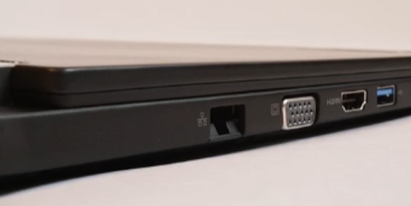
In primary areas, you will connect input and output devices to.
• Audio connections
- Audio port connections such as headphones.
• Drive activity light
- Lets you know whether the system is busy, indicated by a light flashing when the system is reading.
• Power light
- Power on the light and button that lets you know the system is running.
• On/off button
- Lets you turn the system on or off and even perform cold boot if necessary
• USB connections
- Common for universal serial bus connections
Many connections on computers are based on the manufacture of computers and their applicational purpose.
• Power cord
- Supplies power to the motherboard which then supplies power to components on the motherboard.
- Motherboard uses different drives and power connectors like ATX power connectors which come in 3V, 5V, or 12V.
• PCIe connectors
- 6-pin connectors
- Connect things like Graphics and GPU.
• SATA connectors
- which connects external drives through a USB port.
- Different versions you can use.
- Hot-swappable technology (Can remove drivers while the system is running).
Cache Memory
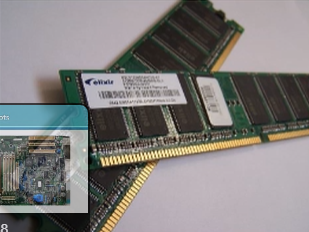
In short, cache memory is used to speed things up.
• Cache memory
- Stores the most frequently accessed data, and makes data access fast for subsequent requests.
• Level I
- All processors have an integrated cache memory known as Level I
- Is built into the processor.
- Not integrated cache, built on the outside of the processor on the motherboard.
• Level II
- Independant memory for the processor core.
• Level III
- Shared cache between each processor core.
RAM Slots
It’s important for the A+ exam to be familiar with the types of sockets, and be able to know how to install the memory.
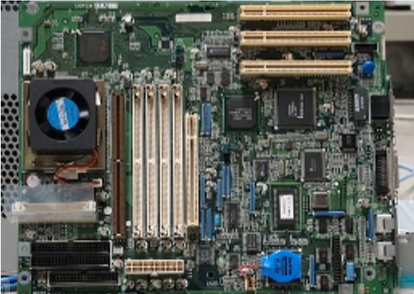
• RAM slots
- Provide memory for your computer
• Memory slots and sockets
- Used to add additional memory and functionality to the computer.
- Each provides different benefits to the computer or user.
• DIMM
- Dual Inline Memory Module
- Used to install memory
- Manufacturers use a number of these sockets on the motherboard which are usually blue, black, or white.
- Can be installed individually or via the dual channel.
- Dual channel architecture increases performance with the ability to send and receive two 64-bit chunks as opposed to the typical one 64-bit chunk.
- Can be used to speed up and increase capacity.
BIOS Chips
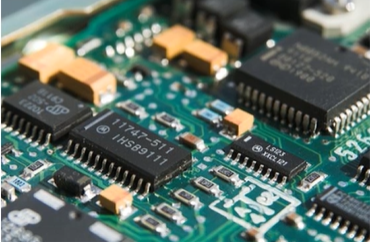
• Basic input/output system BIOS-Chips
- Allow devices to communicate with each other on the motherboard.
- Read-only memory chip, you can’t write data to this chip.
- You can use an Erasable Programable Rom Chip (EPC Rom Chip), available from the manufacturer, and this allows you to update the BIOS if you wanted it to support a larger disk. So it can be rewritten to.
- Primary function of this chip is to control the boot process for the power on self-test.
- This test allows the PC to check out the systems to ensure they are OK.
- After it gives the OK, it locates the bootable partition from the master boot record, which loads the operating system.
Remember:
• RAM
- Random Access Memory
- The computer’s primary working memory
- Temporary in nature
• ROM
- Read Only Memory
- Used to store BIOS
- Used to store power on self-test
- EPROM and the newer EEPROM have software on a chip that can be upgraded using special software from the manufacturer.
- Popular way to update BIOS and hardware as it improves.
Expansion Slots

Do exactly what they sound like.
• Expansion Slots
- Allow the motherboard to expand in functionality by adding additional cards in the expansion slot.
- Use PCI (Peripheral Component Interconnect) like PCI, PCIe, or PCI 16
- PCI is a computer bus for attaching hardware devices in a computer, runs at 33MGH, and is a plug-and-play technology.
- Plug and play / Zif connectors make life easier as a technician.
• Bus architecture
- Terminology used for expansion slots
- You will be installing various cards like network, sound, and video cards. • These include PCI which has a fixed width of 5 bits and can handle 5 devices at a time.
- Other PCI versions can handle higher rates of transfer. • The Personal Computer Memory Card Industry Association (PCMIA), a popular laptop, supports memory cards, network cards, and removable drives. • AGP (Advanced Graphics Port) also supports your video cards • PCI-X & PCI Express support data lanes to transfer information within bus architecture • AMR (Audio Modem Risers) which ads modem and audio cards • CNR (Communication and Network Riser) which is used for local area networks with audio and modem functionality.
Expansions Solts
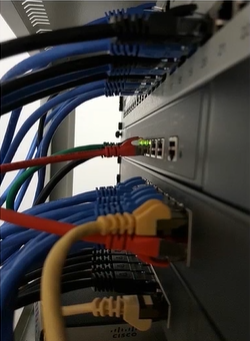
• Keyboard & Mouse
- These connectors allow users to interact with the computer to produce input and outputs.
- Used to perform operations
- Typically connected through USB and many are wireless today.
• Serial 1 & 2 Ports
- Serial and parallel ports are used to communicate with the motherboard.
- Serial ports send data in series to communication or the COM ports, 1-bit at a time, in a single file.
- Parallel ports send information 8 bits at a time and can send bits side by side in an operation, rather than a single file.
- Serial ports are identified as male ports using pins.
- Most widely used serial communication standard is RS232
- RS485 is used for multi-line or party-line applications.
- Current loop is used for a lower data rate with the absence of voltage current.
- MIL188 is used for military applications
- Parallel ports are identified as 25-pin hole female connections on the back of the motherboard. Commonly used for printer connections.
- Many printers will have a DB25 male connector, with 25 pins on one end, and a 36-pin Centronics connector on the other end.
- Serial 1 & 2 Ports are used to connect devices like: printers, computer displays, GPS receivers, code scanners, POS (Point of Sale ) devices, or even Uninterruptible Power Supplies.
• USB
- USBs are easier because there are no connector pins or screws required and support many modern technologies like: printers, cameras, and recording devices.
Conclusion
You can find free course materials preparing you for the CompTIA A+ exam here: https://alison.com/courses/comptia-a-1000-part-1/
Related Articles:
- 2023/03/16 Chapter 5 - Understanding Processors
- 2023/03/14 Chapter 3 - System Component Overview
- 2023/03/07 What is the CompTIA A+ Certification?
- 2022/07/22 Secure VPS in Ubuntu 20.04: LetsEncrypt, Cloudflare and more
- 2023/03/10 Chapter 2 - Safety for You and Computer Components
Authored By Is-Rael Landes
Is-Rael Landes, a good man living on the earth, loving making website, teaching others and coding.